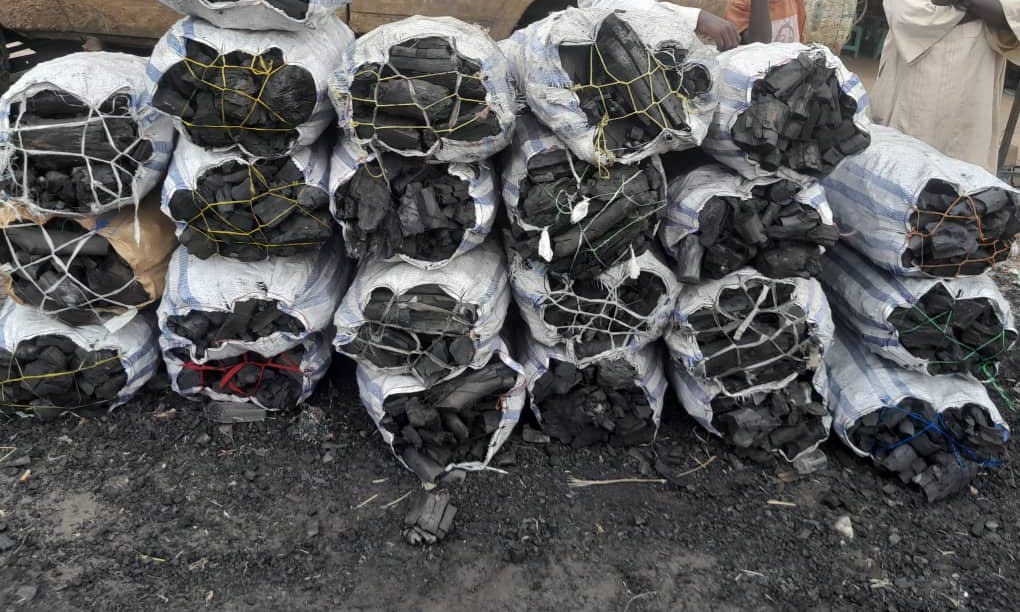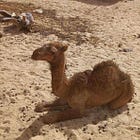War accelerates deforestation in Darfur
An environmental disaster is unfolding in Sudan's westernmost region
Shortages of cooking gas have forced citizens in Darfur to rely entirely on charcoal and firewood to cook food, resulting in increased logging and deforestation.
The lack of cooking gas dates to last year when fighting between the Sudanese military and its formerly allied paramilitary, the Rapid Support Forces, disrupted trade routes and caused suppliers to stop working in certain areas.
Darfur, which is mostly controlled by the Rapid Support Forces (RSF), is cut off from trade with Sudan’s Nile Valley heartland and Port Sudan. Some smuggled imports still arrive via Chad and South Sudan, but the transportation costs and dangers along these routes makes them prohibitively expensive for most traders.
Large parts of Darfur lack regular electricity for electric cooking and the main alternative cooking fuels are charcoal and firewood. As a result, demand for these fuels spiked, making the charcoal production and the cutting of trees a thriving trade.
Salwa Adam Abdullah, a housewife in the city of Al-Daien in East Darfur State, told Sudan War Monitor that cooking gas is not available as usual in the markets, and that they have completely switched to using charcoal and firewood to cook food, adding that the lack of gas has led to an increase in the prices of charcoal and firewood.
Ghada Abdullah, another South Darfur native, confirmed that gas has become almost non-existent in the markets, and the residents have become completely dependent on charcoal and firewood in cooking, noting the high prices of charcoal due to high demand. She said, “If we take the example of a small to medium-sized family, before the war, less than half a sack of coal with gas would suffice for a month. Now, the same family consumes three to four sacks of coal during one month.”
According to Samia Mohammed, a member of the Forestry Department at the University of Bahri, the lack of gas is affecting other parts of Sudan too. He stressed that the removal of vegetation has significant harmful effects, including increased global warming and soil erosion, which leads to a reduction in its fertility.
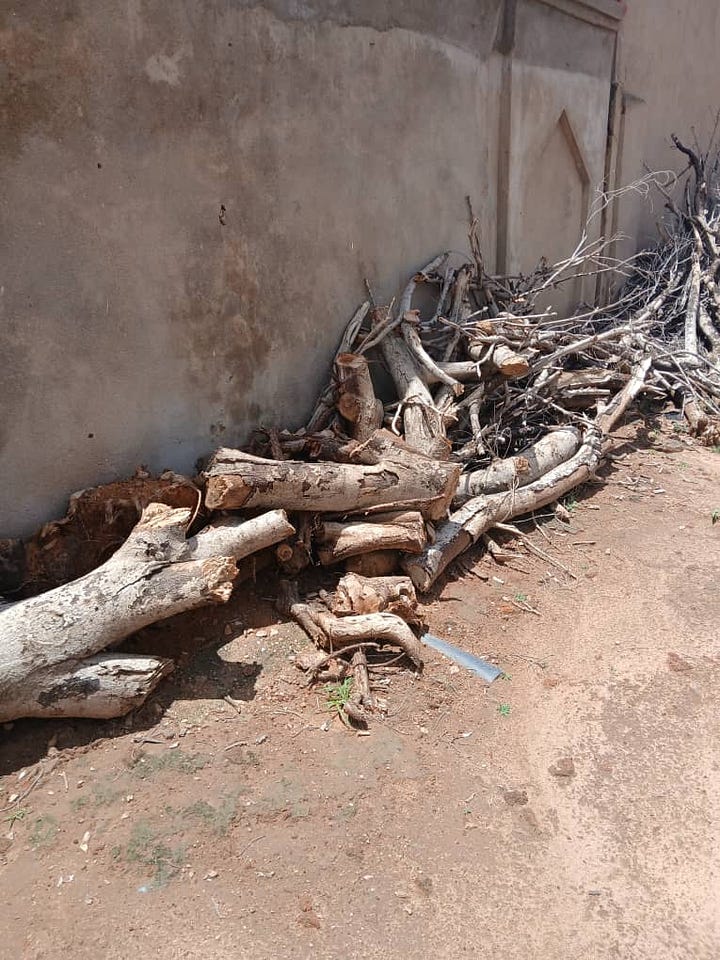
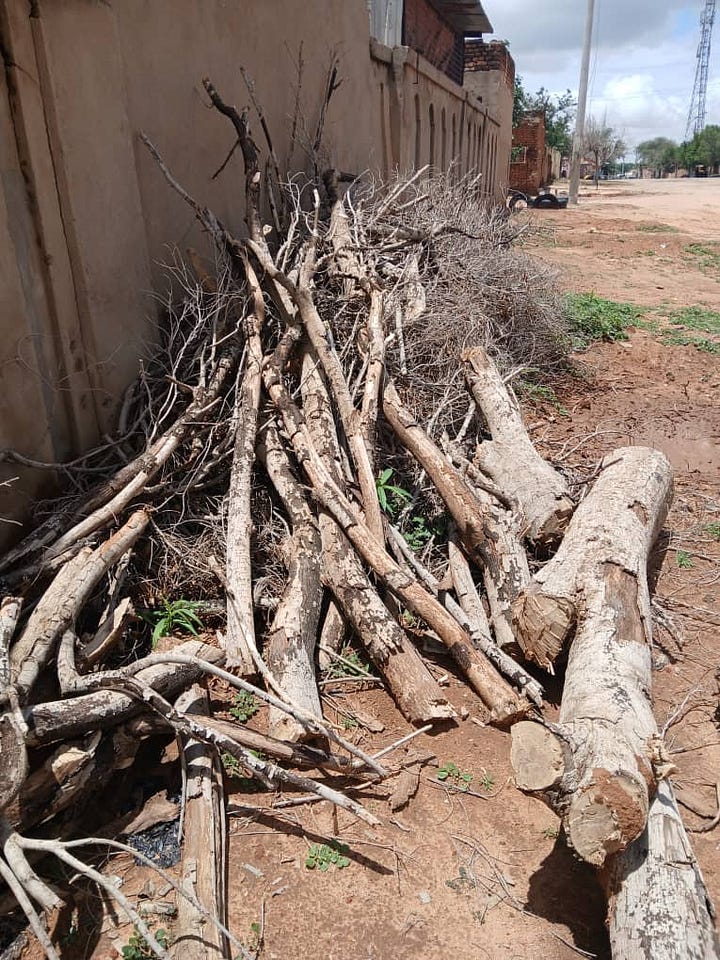
Charcoal trade is a profitable source of trade
The exorbitant price of charcoal in Darfur has led to competition in illegal logging among the local population and traders who have lost many other areas of trade due to the war. The charcoal trade has become a thriving, quick-return trade. The absence of governance in Darfur, following the takeover by the RSF, has also increased the smuggling of charcoal and wood to Chad.
Omar Mohammed Ali, a trader and supplier of food supplies in Nyala, the capital of South Darfur State, said that he had stopped working in bringing food supplies from Khartoum due to the war and the closure of roads, and he almost lost his business and left the market completely, if it were not for what he called the opportunity to work in the charcoal trade.
In an interview with Sudan War Monitor, Ali said that bringing charcoal from villages and rural areas has become a profitable source of trade for him and his fellow traders who lost their capital due to the war, indicating that they buy large quantities of charcoal from the local residents who have become active in making the wood-baed commodity, then they transport it to the cities to resell it at profitable prices.
In the meantime, citizen Ezz El-Din Siddiq from Nyala confirmed to Sudan War Monitor that the price of a sack of charcoal in the city has increased to 11,000 pounds, from only 2,000 pounds before the war, incentivizing locals to double the cutting of trees to produce charcoal, and sell it to traders who transport it to the cities and sell it at higher prices. Siddiq also revealed that large commercial trucks transporting goods from Chad return to Chad loaded with large shipments of charcoal.
Humanitarian crisis and migration
Sudan is the world’s largest humanitarian crisis. In addition to several million refugees who fled to neighboring countries, about 10 million Sudanese are internally displaced within Sudan as a result of the conflict between the two warring factions. This has reduced the population in some areas while increasing it massively in others.
Abdel Fattah Hamid, a visiting junior professor at the Middle East Council on International Affairs, said that these migrations have far-reaching environmental impacts. He said that the influx of internally displaced persons into already vulnerable communities leads to degradation of local environmental resources, resulting in increased competition for limited resources, specifically fertile land and water, and this competition can lead to escalating tensions and hostilities between different groups, which are exacerbated by pre-existing political, tribal and ethnic divisions.
One example of this is East Darfur, which hasn’t seen much direct fighting between the warring parties but took in thousands of war-displaced people from elsewhere in Darfur and neighboring West Kordofan. According to Yahia Mohammed Issa, Assistant Administrative Director of Forests in East Darfur State, the large increase in population in East Darfur has doubled the removal of vegetation cover in the state, resulting in shrinking forest areas. He faulted the reliance of the population on charcoal and firewood for cooking food, and secondarily the use of wood for building homes and shelters for the displaced.
Drought and explosives damage trees in Nyala
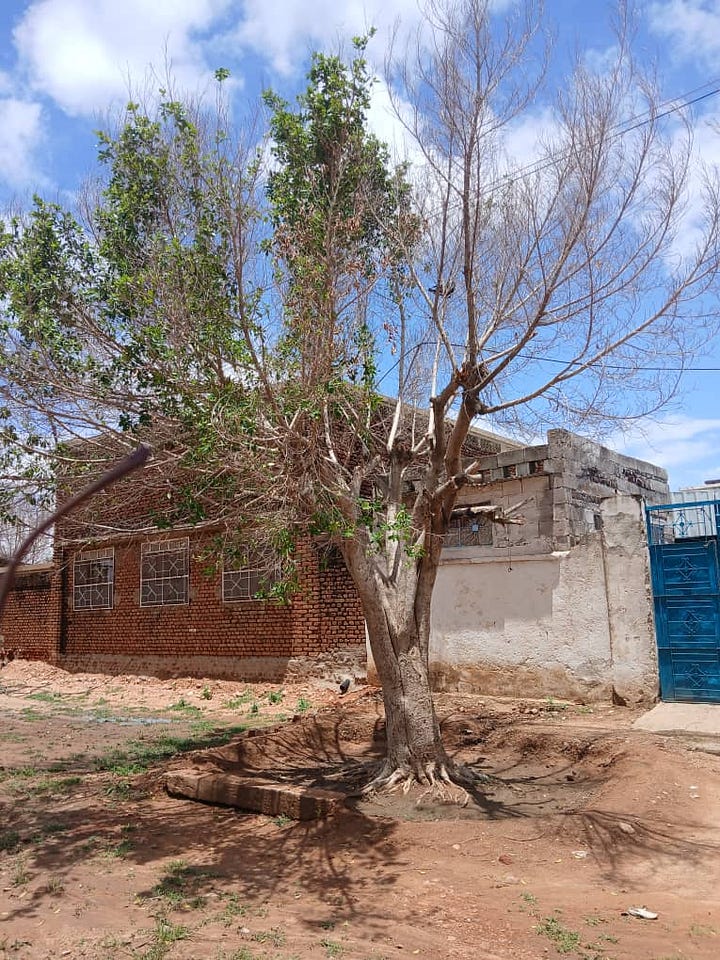
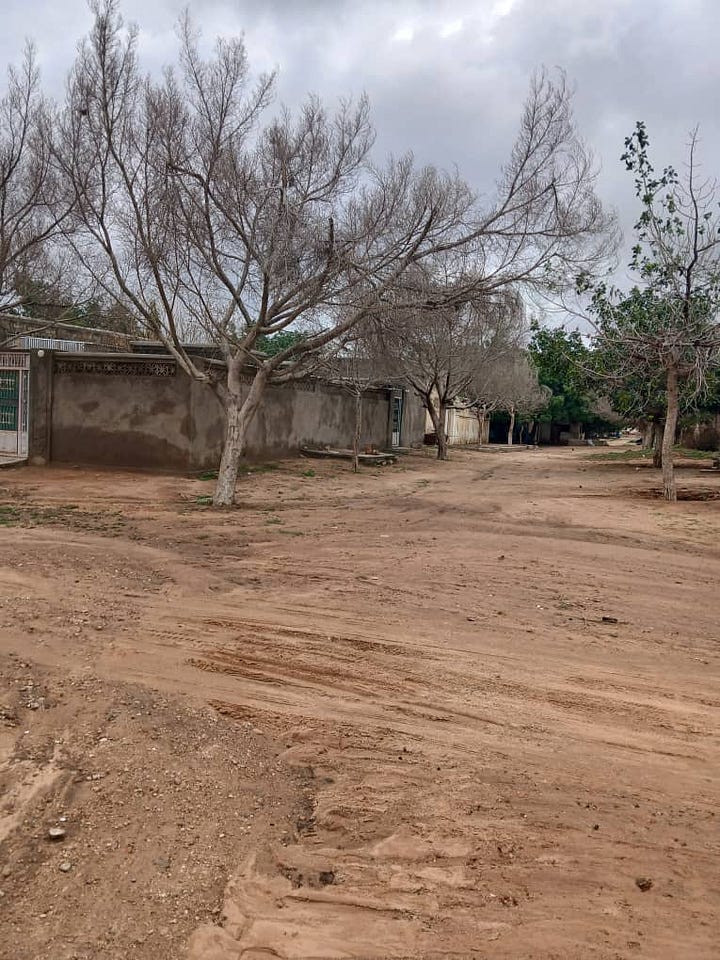
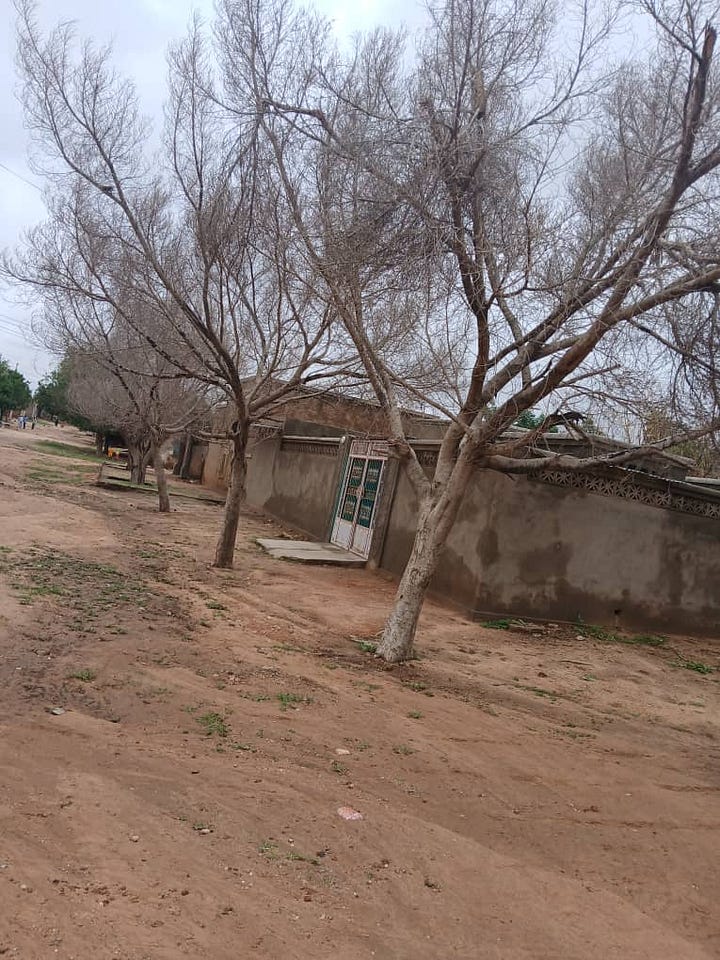
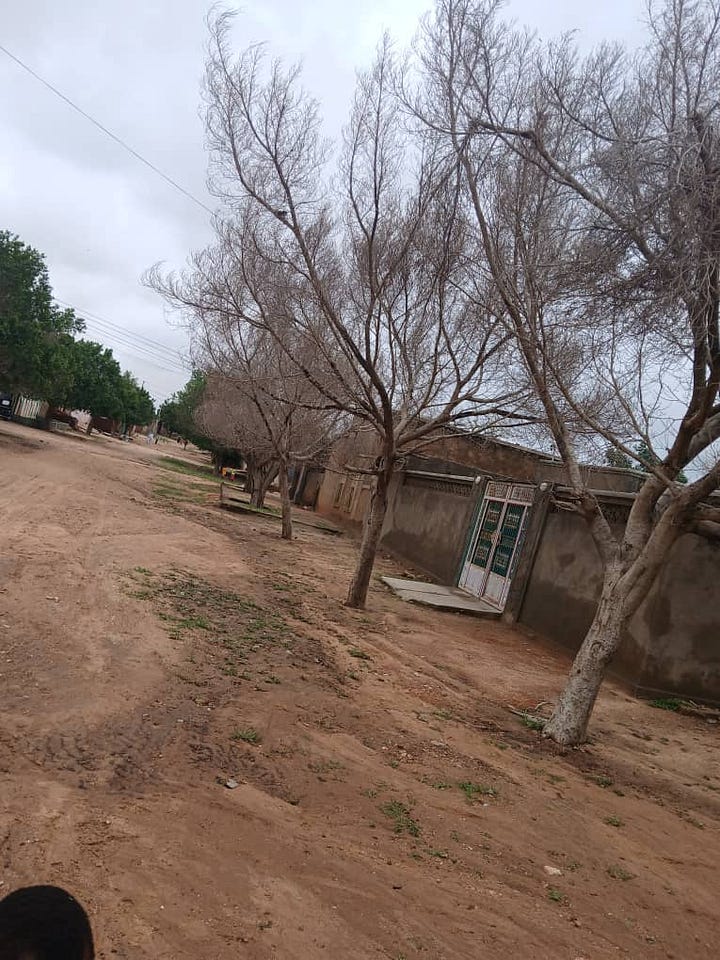
In addition to logging, trees in some parts of Darfur have died as a result of drought during the dry season earlier this year. Photos taken for Sudan War Monitor in the Khartoum Bileil neighborhood of the city of Nyala, the capital of South Darfur State, showed a large number of trees that were exposed to drought and complete death, and others were exposed to partial drought.
Trees were also damaged by shelling, bombs, and bullets in Nyala and other cities. A number of citizens from Khartoum Billie neighborhood reported that a large number of ficus trees had dried up after the end of violent battles last year between the army and the Rapid Support Forces in the neighborhood, which was subjected to intensive artillery shelling for months. When they returned to their homes after the fall of the 16th Infantry Division, they noticed that a large number of trees had begun to dry up gradually, and others had dried up completely.
Dr. Hamdi Abdel Nabi Abdullah, an activist in the field of natural radiation, water chemistry and treatment, speculated that emissions and gases resulting from ammunition and shells caused the death of the trees, and this is clearly evident in many places in Nyala. He warned that the death of trees has a very large impact on the environment, and can cause high temperatures, low rainfall, and desertification.
Hamdi further warned that the Nyala-Kass road has witnessed a significant deterioration in terms of vegetation cover due to indiscriminate cutting. This is due to the destitution of the population, due to the war that led to the loss of means of production, the shutdown of factories and companies, and the lack of gas, so people returned to relying on charcoal and firewood for cooking and trade. He called on everyone to return to alternative gas (biogas), which is made from animal dung, to reduce the indiscriminate cutting of trees.
Animal life has also suffered as a result of the war. Activists circulated photos of pigeons that died due to shelling in the Imtidad neighborhood of Nyala. Elsewhere in Darfur and Kordofan, airstrikes have killed large numbers of livestock. Meanwhile, in the country’s east, the recent RSF takeover of Dinder National Park has raised fears of potential poaching or sport hunting that could damage wildlife populations.

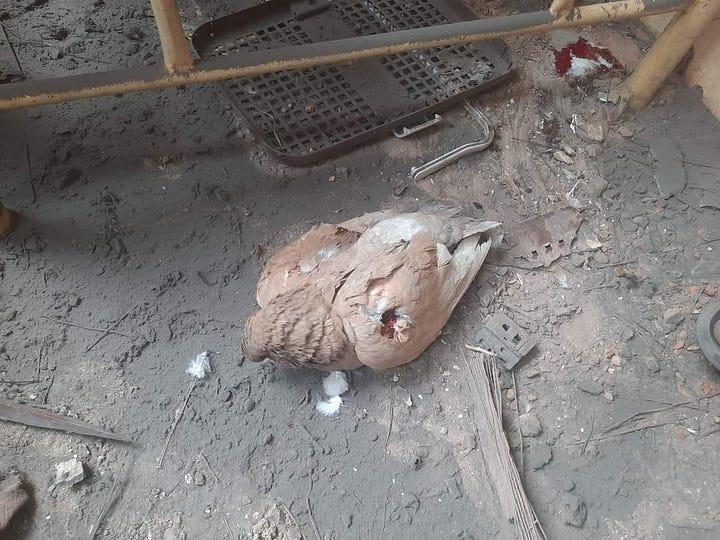
Loss of 60% of forest cover and accelerating
Deforestation is not limited to Darfur alone. Large camps of war-displaced people have sprung up in Gedaref, South Kordofan, Kassala, and other states. And even before the current civil war, Sudan had lost vast areas of forest due to climate change (the expansion of the Sahara), excessive logging, and the growth of cities.
According to a report published in November 2022 by Sky News Arabia, Sudan has lost more than 60 percent of its tree cover over the past three decades. The ongoing war could boost that figure even higher, resulting in radical transformation and desertification of the landscape within the span of only one lifetime.
The Sky News report offered several explanations for the deforestation, including the use of forests for construction and manufacture of bricks, the removal of forests for mining and oil exploration, and wars and conflicts in Blue Nile and Darfur.
Biggest environmental priority: peace
A wide spectrum of Sudanese people are calling for an urgent end to the war in the country, in response to the urgent and pressing humanitarian conditions that the Sudanese are experiencing, which have brought millions of Sudanese to the brink of famine, amidst appeals from the international and regional community for the two warring parties to sit down to negotiate.
All those who spoke to Sudan War Monitor for this report called for an end to the war so that it does not reach the point of removing the vegetation cover, the disastrous effects of which will reap the harvest of future generations.
Professor Abdel Fattah Hamed, a visiting professor at the Middle East Council on International Affairs, warned that environmental losses resulting from the conflict go beyond the near-term and could have long-term climate impacts and could permanently damage or destroy vulnerable ecosystems.
Hamed called for taking proactive measures to enhance “environmental peace-building,” starting with stopping the current war and developing an early warning system for climate-related crises, pointing to the need to adopt a comprehensive approach that emphasizes the interconnectedness between environmental, humanitarian, and security concerns. He said this approach requires increasing financial resources, improving governance, and coordinating efforts between government agencies and international partners.
Background: Ecology and vegetation of Sudan
In Sudan, tree species vary widely across its diverse ecological zones. In the arid northern deserts, resilient species like the acacia (Acacia nilotica, Acacia senegal) and date palm (Phoenix dactylifera) are common, adapted to extreme dryness.
As the climate transitions southward into the semi-arid zone, the baobab (Adansonia digitata) becomes prominent with its large, water-storing trunk, while tamarisk (Tamarix spp.) thrives in saline soils.
In the central Sudanian savannah, a richer array of trees is found, including the shea butter tree (Vitellaria paradoxa) and various acacias, such as Acacia tortilis.
The Nuba Mountains, with their more temperate conditions, are home to eucalyptus (Eucalyptus spp.) and shea butter trees. In Central Darfur, the higher elevations of the Marra massif support evergreen trees like junipers (Juniperus spp.) and oak species.
Southern regions, as well as neighboring South Sudan, benefit from higher rainfall and support denser woodlands featuring hardwoods like mahogany (Khaya spp.) and diverse tropical trees.


